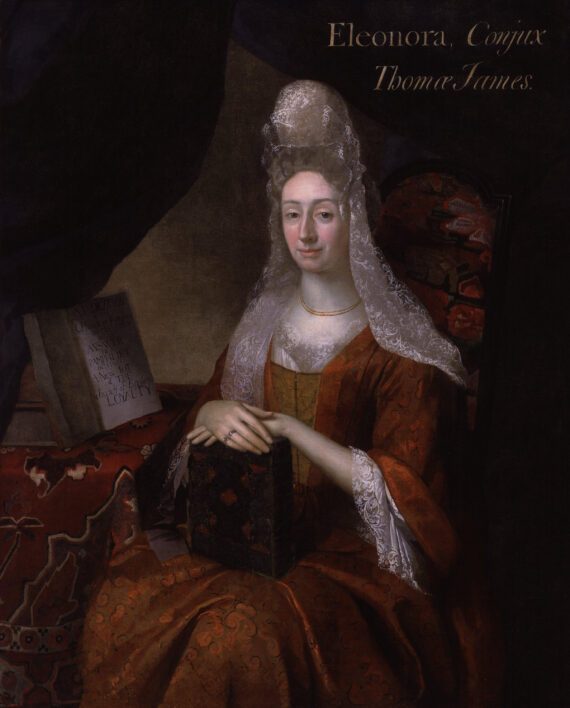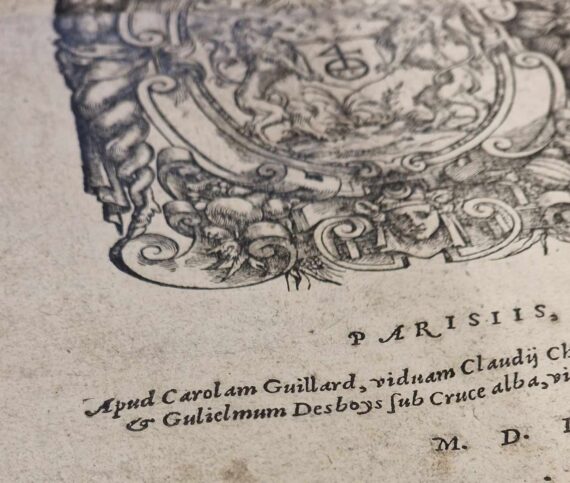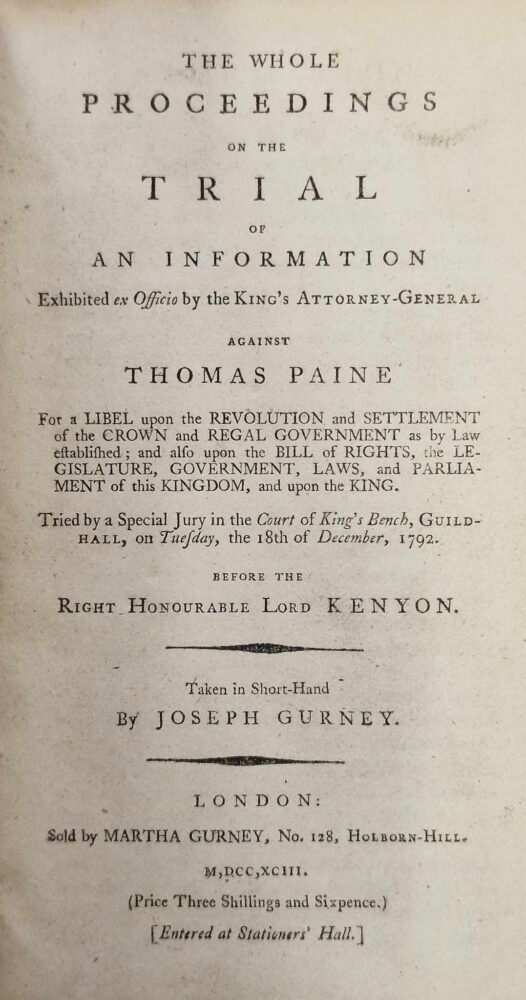- About
- Visiting
- What’s On
- Venue hire
- Catalogues
- Collections
- 101 Treasures of Chetham’s
- Digital Resources
- The Flowers of Histories
- A Book of Hours from France
- The Manchester Scrapbook
- Thomas Barritt of Manchester
- Art Treasures Examiner of 1857
- Manchester Association for Constitutional Order
- The North Western Museum of Science and Industry: Some Reminiscences by Richard Hills
- Criminal Manchester
- The Cup of Destiny
- Athenaeum Souvenir
- Middle English Manuscripts
- Manchester and Liverpool of Today
- Hollingworth’s Mancuniensis
- Memoir of Cecil Wray
- William Seward’s Diary
- The Anti-Monopolist
- Fishwick’s History of Rochdale
- Knyvett’s Defence of this Realm
- Tractatus de Nigromantia
- Axon Ballads
- Printed Books & Ephemera
- Archives & Manuscripts
- Prints and Photographs
- Blog
- Support us
Making Their Mark: The Women of the Book Trade

Over the last few months, we’ve shared several posts about the female authors featured in A Woman’s Write, whose works entered Chetham’s Library’s collections prior to 1852. Despite the challenges they faced, these women managed to break into a field predominated by men to make their mark on history. Although the exhibition is now nearing its end, there remains one group of literary women whose stories have yet to be brought to light: these are the women who were involved in the similarly predominated book trade, and who engaged in publishing, printing and selling books themselves.
At a time when women were unable to start businesses for themselves, the most common route for women to enter the book trade was by marrying someone already involved in it and inheriting their business on their death. This was the case for Charlotte Guillard, who married the Parisian printer Berthold Rembolt in 1507. Berthold ran the Soleil d’Or, a well-known printing house which specialised in theological and legal texts. A year after his death in 1519, Charlotte married another printer and seller of theological books, Claude Chevallon, a move perhaps intended to preserve her business. During her periods of widowhood (from 1519-20 and from 1537 to her death in 1557), Charlotte took over the running of the printing house herself, a sizeable operation with five or six printing presses and around thirty employees. Chetham’s collections contain two books printed by Charlotte and another sold by her, all dating to the period of her second widowhood. The first two works are biblical commentaries, and the last an edition of the Bible, reflecting Soleil d’Or’s continued theological focus.

Charlotte Guillard’s imprint on the title page of Chetham’s Library’s copy of the Catena in Exodum, printed by Charlotte Guillard in 1550.
The process of printing a book often tied up a printer’s funds and resources, especially if the work was in production for several years. As a result, it was common for printers to work collaboratively together. One example of this was Sarah Hyde, the daughter of two Dublin printers and booksellers, who married another printer and bookseller, John Hyde, in 1714. Like so many other women of the book trade, Sarah took over her husband’s business following his death in 1728. She collaborated for a time with her husband’s partner Eliphal Dobson, and then with his widow Jane until 1734. At that time, she let out her printing premises to Richard Reilly, and continued as a bookseller until late in her life. During this final period, she collaborated with Reilly and several other Dublin printers, in a mix of enduring partnerships and ad-hoc arrangements.

The title page of Chetham’s Library’s copy of The whole proceedings on the trial of an information exhibited ex officio by the king’s attorney-general against Thomas Paine, sold by Martha Gurney in 1793.
During this period, the various aspects of the book trade were closely connected, and – like Sarah Hyde – many printers also sold the books they produced. This was the case for Martha Gurney, who initially entered the book trade in partnership with her brother Joseph, a shorthand writer. Together they produced and sold transcripts of over eighty criminal trials, including some highly contentious trials such as The whole proceedings on the trial of an information exhibited ex officio by the king’s attorney-general against Thomas Paine. A copy of this work, sold by Martha in 1793, can be found in Chetham’s collections. By this time, Martha was also working in consort with another London bookseller, William Fox. Fox was a prolific abolitionist pamphleteer, and Martha joined forces with him in 1782 to print and sell the works he wrote. Martha’s bookshop was a known hotbed of abolitionist activism, and she prominently displayed a large fold-out print of a slave ship to highlight the poor conditions of the transatlantic slave trade. Martha was also a subversive printer in her own right: in 1794 she joined with other radical publishers to produce a new edition of Benjamin Franklin’s Information to Those who would Remove to America, a tract considered seditious by the British authorities.

A portrait of Elinor James (courtesy of the National Portrait Gallery, London)
As Martha Gurney’s story reveals, the women of the book trade had significant freedom to print and sell what they chose, giving them a voice in shaping public discourse, but at times landing them in trouble too. Another controversial figure was Elinor James, who married the London printer Thomas James in 1662. Together they ran the press until Thomas’ death in 1710, and afterwards Elinor ran the press alone until her own death in 1719. Across both periods, she wrote over 90 broadsheets and pamphlets under her own name. These often took the form of petitions to rulers and government bodies, and reflected her strongly-held Jacobite and anti-Puritan views. One such broadsheet, printed in 1689 and accusing William III of ruling illegitimately, saw her arrested, imprisoned in Newgate, tried and fined. Another, denouncing the preacher Titus Oates (imprisoned for fabricating the ‘Popish Plot’ against King Charles II, and subsequently pardoned by William III) as a false priest, led to her assault by him with his cane. A total of eight petitions written and printed by Elinor, almost all of them addressed to Parliament, have made their way into our collections.
Despite the barriers to their entry into the book trade, Chetham’s collections contain plenty of works published, printed, and sold by women. The individuals mentioned in this post are illustrative of women’s role in the book trade, but they are far from the only figures represented in the library: others include Anne Dodd (a prolific pamphleteer who was imprisoned in 1728 for her anti-government pamphlets), Mary Crooke (a seventeenth-century Dublin printer who, as the king’s printer in Ireland, held a monopoly on the printing and binding of books), and Elizabeth Mallet (a London printer who in produced Britain’s first daily newspaper, The Daily Courant, in 1702). There are undoubtedly many more yet to be discovered, since those unearthed so far are the result of chance encounters and research using the library’s online catalogues. As A Woman’s Write draws to a close, it is worth remembering the often unremarked upon contribution women who printed, published and sold books made, not only to our collection but to the spread of knowledge during the early modern period more generally.
By Emma Nelson

1 Comment
Carmel Taylor
Thank you for a fascinating story. I was particularly enjoyed reading about Martha Gurney. My Interest is in shorthand history and the difficulty women faced in gaining a place in the profession. Do we know if Martha wrote shorthand?